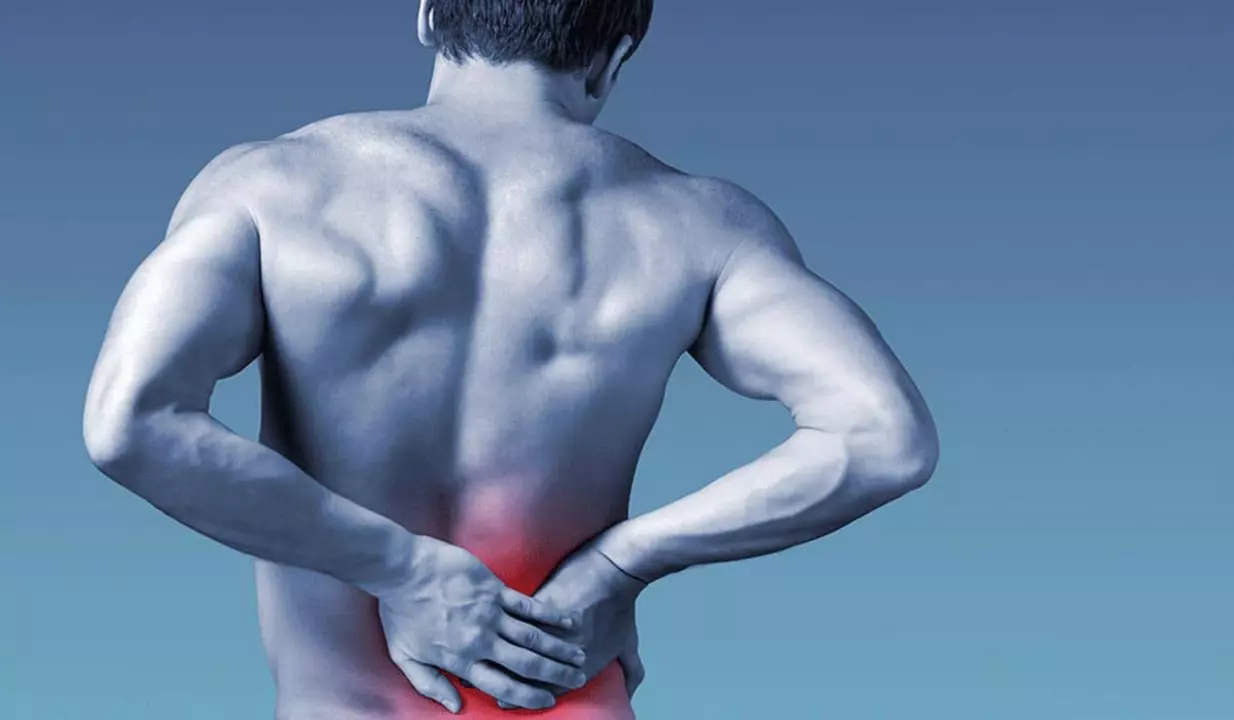Chronic Pain: What It Is and How You Can Handle It
If you’ve been hurting for months or even years, you’re probably dealing with chronic pain. Unlike a sharp injury that fades, chronic pain hangs around, often without a clear cause. That lingering ache can mess with sleep, mood, and everyday tasks, but there are ways to take control.
Why Pain Turns Chronic
The body’s alarm system sometimes gets stuck. Nerves keep sending signals even after the original injury healed. Conditions like arthritis, nerve damage (neuropathy), or fibromyalgia can also fire up that pain loop. Stress and poor posture add fuel to the fire, making a sore back feel worse after sitting at a desk all day.
Practical Ways to Reduce the Load
1. Move smartly. Gentle exercises such as walking, swimming, or yoga keep joints lubricated and muscles strong without overloading them. Start with short sessions—10 minutes—and gradually build up.
2. Tame inflammation. Foods rich in omega‑3s (salmon, walnuts) and antioxidants (berries, leafy greens) can calm inflamed tissues. Swap processed snacks for these picks and watch the swelling ease over weeks.
3. Try heat or cold. A warm shower or heating pad relaxes stiff muscles, while an ice pack numbs sharp flare‑ups. Alternate them based on what feels best at the moment.
4. Look into meds wisely. Over‑the‑counter pain relievers work for short bursts, but long‑term use can cause stomach or kidney issues. Talk to a pharmacist about low‑dose NSAIDs or prescription options that match your health profile.
5. Explore therapy. Physical therapists teach safe stretches and proper body mechanics. Cognitive‑behavioral therapy (CBT) helps rewire the brain’s reaction to pain, reducing anxiety that can amplify discomfort.
6. Mind‑body tricks. Simple breathing exercises, meditation, or guided imagery lower stress hormones that keep pain circuits active. Even five minutes a day can make a noticeable difference.
7. Sleep smart. A cool, dark room and a supportive mattress prevent nighttime aches from turning into morning misery. If you wake up stiff, try gentle leg lifts or a short walk to get blood flowing.
Remember, every body reacts differently. Keep a pain journal noting what activities, foods, or meds improve or worsen your symptoms. That record becomes a roadmap for doctors and therapists, helping them fine‑tune treatment plans just for you.
If pain spikes suddenly, spreads rapidly, or is accompanied by fever, weakness, or numbness, seek medical help right away—those could be signs of something more serious.
Managing chronic pain isn’t about erasing every ache; it’s about reducing its grip so you can enjoy daily life again. Start with one small change today, and build a routine that keeps the pain in check without locking you into endless doctor visits.

As a chronic pain sufferer, I've recently come across the potential benefits of Trazodone in managing pain. Trazodone is primarily an antidepressant but has been found to have potential benefits in managing chronic pain. Although more research is needed, some studies suggest that it could help reduce pain intensity, improve sleep, and enhance overall quality of life. However, it's important to consult your doctor before using Trazodone as it may cause side effects and interact with other medications. Given the potential benefits, I believe it's worth exploring Trazodone as a possible treatment option for chronic pain relief.
Read more
